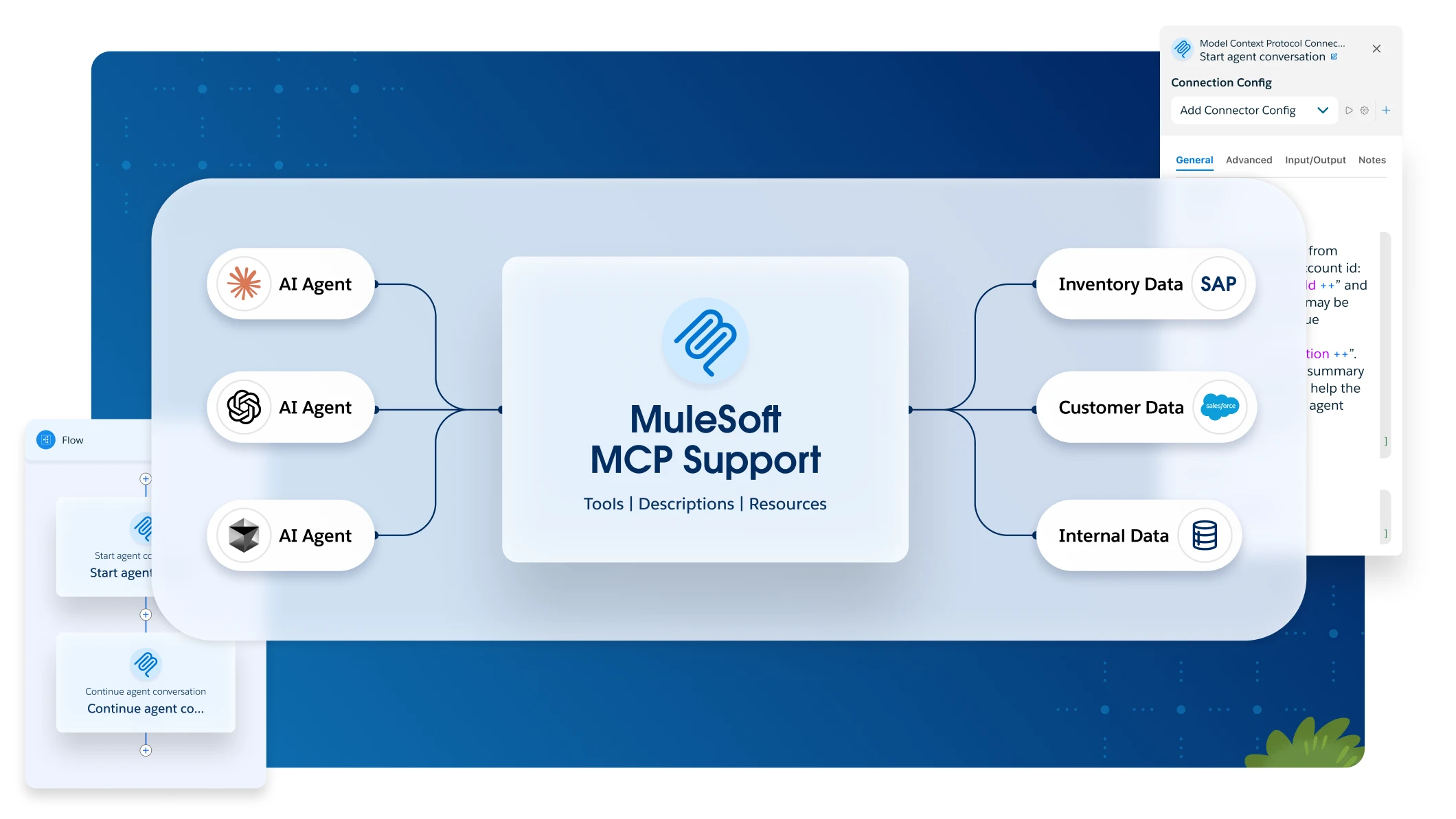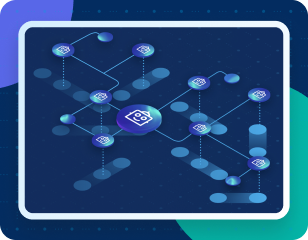A document action is a multi-step process that uses multiple AI engines to scan a document, filter out fields, and return a structured response as a JSON object. Each document action defines the types of documents it expects as input, the fields to extract, and the fields to filter out from the response.
You can hide fields, mark fields as required, configure the minimum confidence score accepted for each field to extract, and configure Prompts to enhance and refine the data-extraction process by asking questions using natural language.
Create a document action using a predefined type as a template, and then specify the fields that are mandatory, the fields that must be excluded from the JSON response, and the minimum confidence score expected for each field.
After you create a new document action, you can add reviewers and publish it to Anypoint Exchange, which enables RPA to execute the document action and also creates an API that you can call from any external system.
When you create a document action, ensure that the configured schema works for each uploaded document. If you can’t customize the schema to work with all sample documents, consider creating multiple document actions. For example, purchase orders from multiple vendors might be different enough to require a separate document action for each vendor.
Creating a document action with a pre-built schema requires the following tasks:
 ) to hide this field.
) to hide this field.![]() ) to center the preview in the corresponding field.
) to center the preview in the corresponding field.


